
Universal pH indicator solution 1-14
KSh3,500.00 Original price was: KSh3,500.00.KSh3,000.00Current price is: KSh3,000.00.

Visking Tube 1 Metre
KSh1,200.00 Original price was: KSh1,200.00.KSh900.00Current price is: KSh900.00.
Urea 500gm
KSh650.00 Original price was: KSh650.00.KSh500.00Current price is: KSh500.00.
Whatsapp Order
Urea is an organic compound with the chemical formula CO(NH₂)₂. It is a colorless, odorless solid, highly soluble in water, and practically non-toxic. Here are some key points about urea:
Chemical Properties:
- Formula: CO(NH₂)₂
- Molecular Weight: 60.06 g/mol
- Structure: Urea consists of two amine groups (-NH₂) attached to a carbonyl group (C=O).
Production:
Urea is primarily produced via the Haber-Bosch process, which synthesizes ammonia from nitrogen and hydrogen. The ammonia is then combined with carbon dioxide to form urea: 2NH3+CO2→CO(NH2)2+H2O2 text{NH}_3 + text{CO}_2 rightarrow text{CO(NH}_2text{)}_2 + text{H}_2text{O}2NH3+CO2→CO(NH2)2+H2O
SKU:
ACS53328CHEM0
Category: Analytical Reagents
Description
Table of Contents
ToggleUses of Urea
Protein Denaturation and Renaturation:
- Protein Denaturation: Urea is often used in the process of protein denaturation. High concentrations of urea can disrupt hydrogen bonds in proteins, leading to the unfolding of their secondary and tertiary structures.
- Protein Renaturation: After denaturation, urea can be gradually removed (by dialysis or dilution), allowing the protein to refold into its native structure. This is crucial in studies of protein folding and structure.
Buffering Agent:
- Buffers: Urea can be used as a buffering agent in electrophoresis and other biochemical assays to maintain a stable pH and provide a consistent ionic environment.
Gel Electrophoresis:
- PAGE (Polyacrylamide Gel Electrophoresis): Urea is used in denaturing polyacrylamide gel electrophoresis (PAGE) to separate nucleic acids or proteins by size. The denaturing properties of urea ensure that the biomolecules are in their unfolded state, providing more accurate size-based separation.
Chemical Synthesis:
- Synthesis of Organic Compounds: Urea serves as a reactant or catalyst in various organic synthesis reactions, including the synthesis of heterocyclic compounds and the formation of urea derivatives.
Protein Crystallization:
- Crystallization Studies: Urea is used in protein crystallization experiments to help understand protein structures. It can influence the solubility and crystallization conditions of proteins.
Molecular Biology:
- RNA Folding Studies: Urea is used to denature RNA, allowing researchers to study RNA folding and structure.
- Hybridization Studies: Urea can destabilize double-stranded nucleic acids, which is useful in hybridization studies involving DNA and RNA.
Clinical Chemistry:
- Blood Urea Nitrogen (BUN) Test: Urea is used in assays to measure the concentration of urea nitrogen in the blood, which is an important indicator of kidney function.
Research on Enzymatic Reactions:
- Enzyme Activity Studies: Urea can be used to study the effects of denaturants on enzyme activity, helping to elucidate the mechanisms of enzyme action and stability.
Stabilization of Biological Samples:
- Stabilizing Proteins and Nucleic Acids: Urea is sometimes used to stabilize proteins and nucleic acids during storage and handling in the laboratory.
Reviews (0)
Be the first to review “Urea 500gm” Cancel reply
Related products
2 Propanol 2.5 litres (IPA)
Isopropyl alcohol (IPA), also known as 2-propanol, is a colorless, flammable chemical compound with the molecular formula C3H8O. It is a type of alcohol that is commonly used as a solvent, disinfectant, and cleaning agent in a variety of industries, including healthcare, manufacturing, and electronics. IPA is often used as a disinfectant because it is effective at killing a wide range of microorganisms, including bacteria, viruses, and fungi. It is also commonly used as a solvent for oils, resins, and gums, and as a cleaning agent for electronic devices and other equipment.
Aceto Carmine 100 ml
Aceto carmine is a staining solution used primarily in microscopy to highlight cellular components. It is a mixture of carmine dye and acetic acid. Here’s an overview of its properties, preparation, and uses:
Properties
- Color: Red to purplish-red.
- Solubility: Soluble in water and ethanol.
- Staining Characteristics: Stains chromatin and cytoplasmic components, providing contrast for better visualization under a microscope.
Preparation
- Ingredients:
- Carmine dye: A natural red dye extracted from the cochineal insect.
- Acetic acid: A colorless liquid organic compound with a pungent smell.
- Procedure:
- Dissolve a specific amount of carmine powder in hot distilled water.
- Add glacial acetic acid to the solution.
- Filter the mixture to remove any undissolved particles.
Aluminum Sulphate 500gm
Aluminum sulfate, also known as alum, is a chemical compound with the formula Al2(SO4)3. It's commonly used in water treatment plants as a coagulant to clarify turbid or muddy water by causing suspended particles to clump together and settle out. In addition to water treatment, aluminum sulfate has various other industrial applications, such as in paper manufacturing, dyeing, and as a mordant in textile dyeing to help fix dyes to fabrics.
Ammonium Acetate 25kgs
Ammonium acetate is a chemical compound with the formula NH4CH3CO2. It is a white, crystalline solid with a vinegar-like odor. It is commonly used in various laboratory applications, such as in molecular biology and analytical chemistry. It can act as a source of acetate ion in reactions and is often used as a buffer solution in biochemical and molecular biology research. Additionally, it is sometimes used in the manufacture of other chemicals and as a food additive.
Ammonium Chloride 500gm
Ammonium chloride is an inorganic compound with the chemical formula NH4Cl. It is a white crystalline salt that is highly soluble in water and has a salty taste. Ammonium chloride is often used in various industrial and laboratory applications, including as a flux in soldering, as a nitrogen source in fertilizers, and as a component in dry cell batteries. It can also be used in medicine as an expectorant to help thin and loosen mucus in the respiratory system
Ammonium Nitrate 500gm
Anhydrous Aluminum Chloride
Anhydrous aluminum chloride, often represented as AlCl3, is a chemical compound composed of aluminum and chlorine. "Anhydrous" means it lacks water molecules in its structure. It's a white or pale yellow solid that is highly hygroscopic, meaning it readily absorbs moisture from the air. This property makes handling it a bit tricky since it can form a solution with water vapor in the air, turning into a fuming liquid.



 LABORATORY EQUIPMENT & APPARATUS
LABORATORY EQUIPMENT & APPARATUS
 Fertilizers
Fertilizers Plant Growth Regulators
Plant Growth Regulators Soil Conditioners
Soil Conditioners Animal Feed Additives
Animal Feed Additives Biostimulants
Biostimulants Dough Conditioners
Dough Conditioners Flour Treatments
Flour Treatments Fat Replacers
Fat Replacers Preservatives (baking)
Preservatives (baking)
 Surfactants (cleaning)
Surfactants (cleaning) Builders
Builders Bleaching Agents
Bleaching Agents Enzymes
Enzymes Solvents (cleaning)
Solvents (cleaning) Fragrances
Fragrances

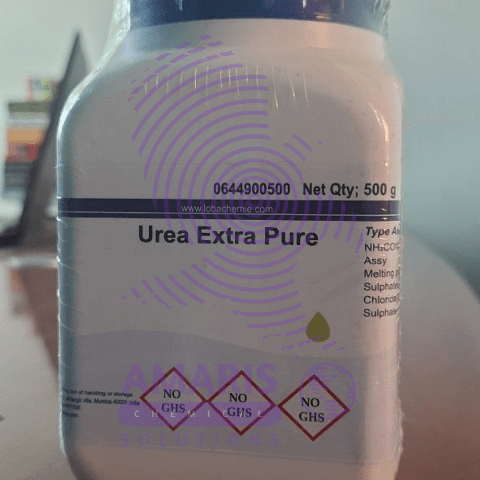

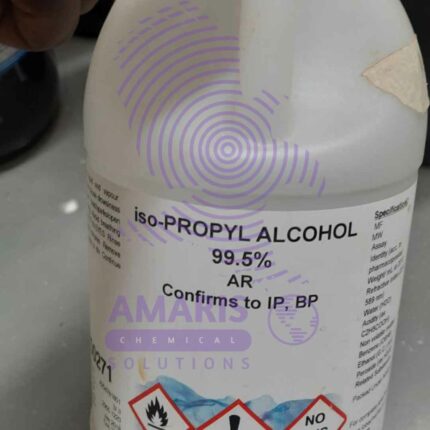
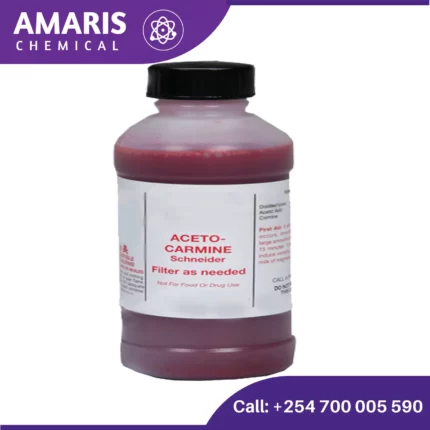
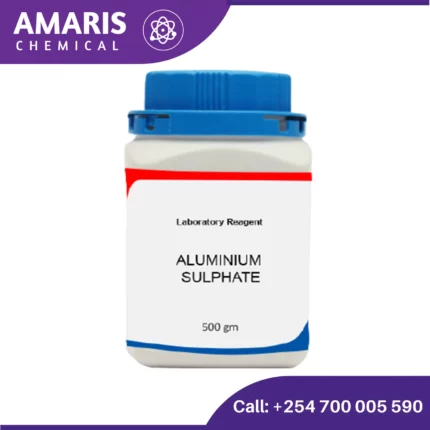



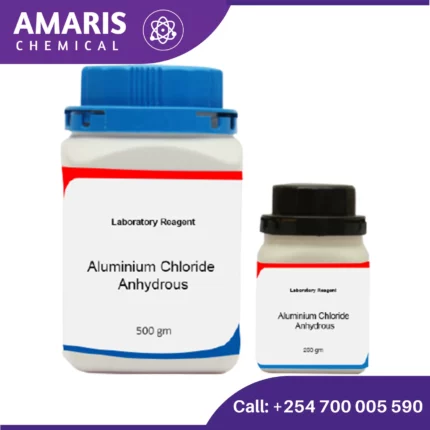















Reviews
There are no reviews yet.